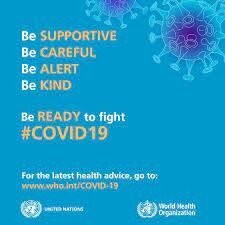Route Choice Model of River Transport Passengers in the Fragmented Merauke Island
Abstract
Merauke is one of the regencies located at the eastern end of Indonesia, which is in dire need of river transportation. This is due to the aquatic geographical status of the regency. The inadequacies of the service aim, with regard to the achievement of the greatest population in remote, bordered, and outermost frontier villages, are highlighted by one of the difficulties and solutions for infrastructure development in Papua at the moment. The overarching goal of finishing roads and integrated transportation (land and water) takes a lot of time and need for community involvement as well as the backing of an implementation structure. These are seen as the means of speeding communication between the middle and southern regions as well as across borders. Additionally, the Merauke and expanding districts have a significant concentration of sea and river piers. Even though other geographical and sociological factors continue to function as sources of limitations, it is important to investigate the water transportation model in order to present prospects for creating and upgrading regional aquatic transportation infrastructure. Therefore, this study aims to develop a behavioural model for selecting river transport travel routes in a multi-stream geographical area from Merauke to Mappi in Indonesia. This model type is often influenced by the characteristics of the actors and river transport trips. The analytical stage initially used descriptive statistical methods, accompanied by the significance of passengers and travel characteristics. Besides using multiple linear regression, a multinomial logistic analysis was also used through Conditional Logit Model. Travel costs were employed as the independent variable for routes 1, 2, and 3 in this study. In this process, the STATA 16 program was used to analyze the independent variables. Based on the results, only one variable affects tourists in the route equation model 2, namely the travel cost attribute. This means that educational background affects the level of income which then affects the travel costs incurred by passengers. For the Route 3 equation model, there are 3 influential variables, namely income, frequency and education variables so that travelers are more selective in choosing the ship route to follow, this shows that passengers are more concerned with comfort. Regarding the field observations, the cost of travelling for ships on Routes 1 and 2 was also lower than those on Route 3. Subsequently, the route selections for passengers were more designed to ship specifications, designations, and passengers’ needs. These results are expected to have several implications for local governments, regarding the development of river transportation in Merauke. This should be carried out by improving ship-port facilities and infrastructure through various specifications, to maintain the sustainability of river transportation, which remains a community need in the regency.

